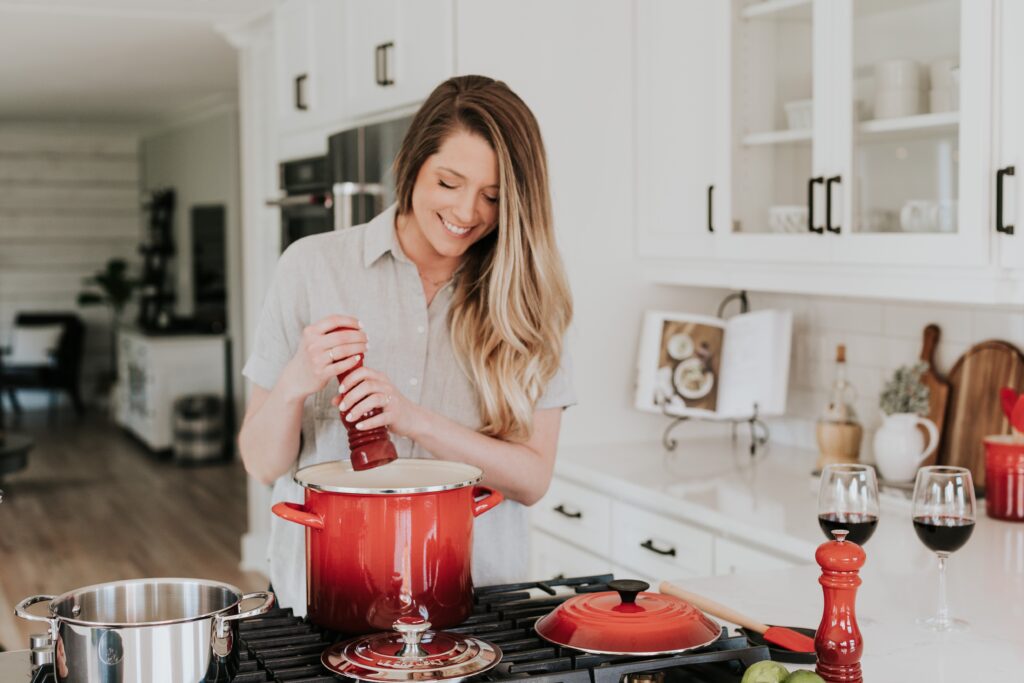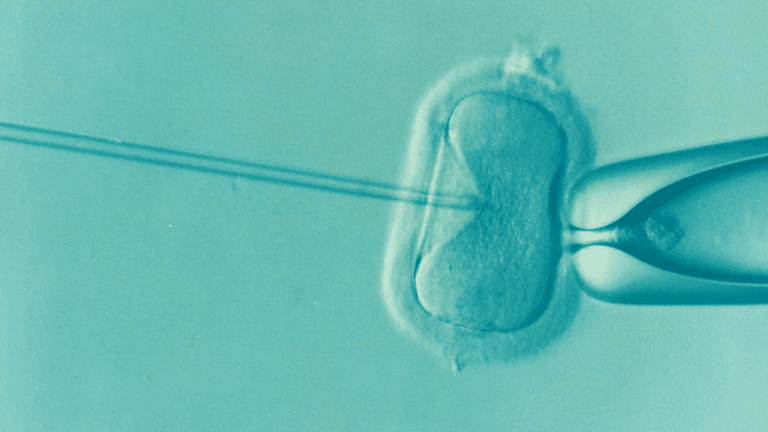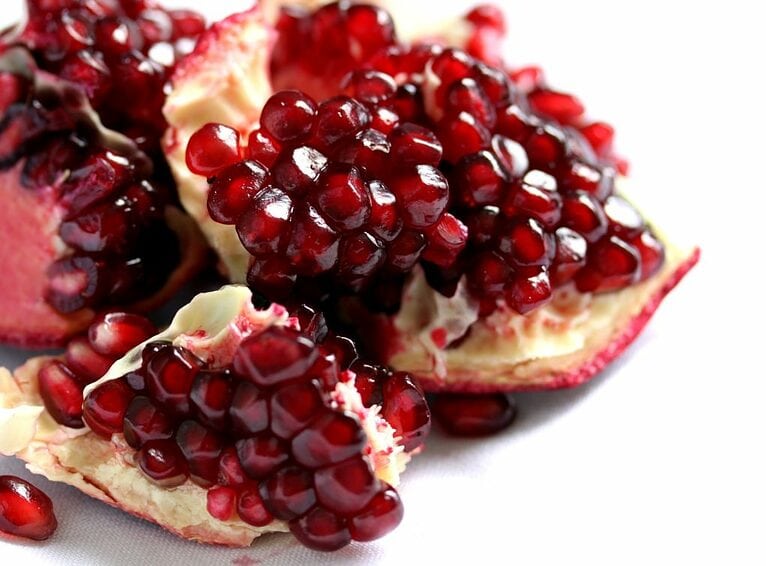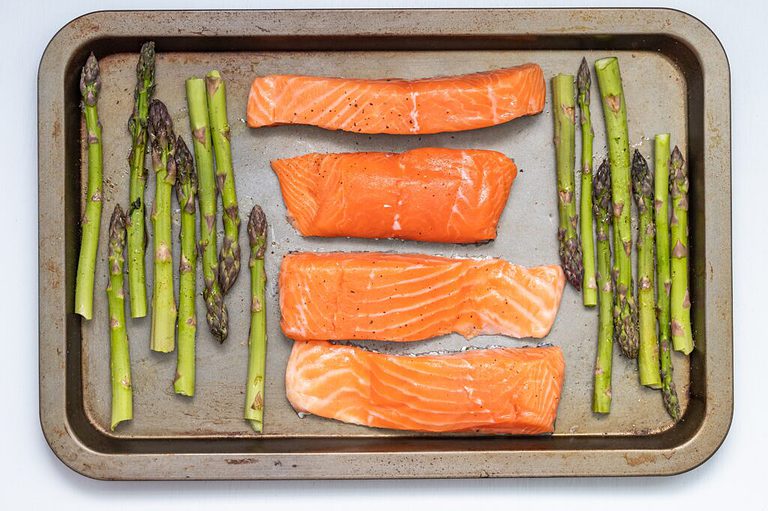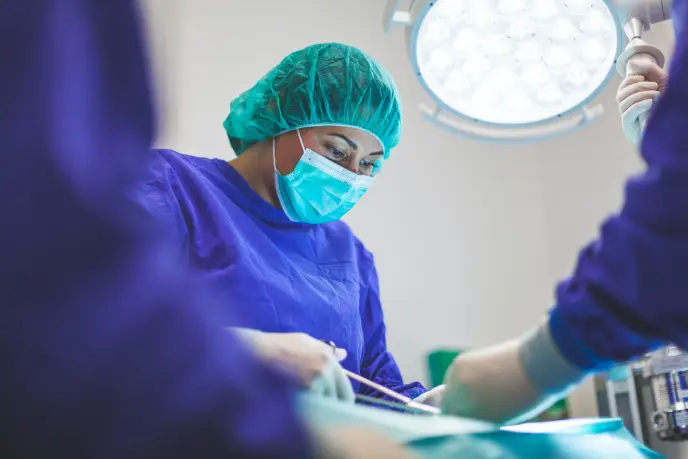When it comes to eating for endometriosis, there seems to be a long list of foods to avoid, and seemingly not many foods that you “should” include! If you have ever done a Google search around what to eat for endometriosis, you will have been bombarded by conflicting messages which leave you more confused than when you started and often wondering what can be eaten!
We are sharing with you our top 6 kitchen essentials to help those of you with endometriosis re-focus on all the delicious and nutritious foods you can include in your diet!
So, without any further ado, here are our 6 kitchen essentials to help you eat well with endometriosis.
1. Herbs & Spices
An amazing little power-packed addition to every meal, dried or fresh herbs contain plenty of antioxidants to support an anti-inflammatory eating pattern.
Flavonoids and phenolic acids are the two main compounds that give herbs and spices their antioxidant activity. Not to knock good old fruits and veggies but the antioxidant activity of some herbs and spices are up to ten times higher than that of fruit and vegetables! (Yashin et al., 2017). ⠀⠀⠀⠀⠀⠀
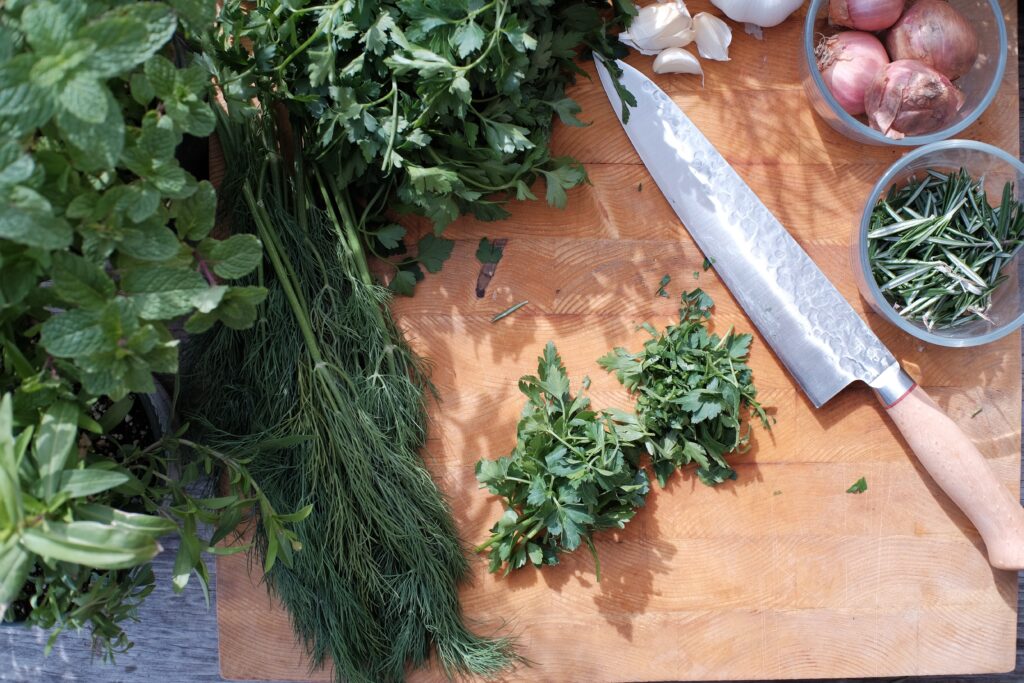
2. Oily Fish
The body utilises omega 3 fatty acids to combat and lower inflammation. This is super useful for endometriosis, given that inflammation can contribute to some of those yucky endometriosis symptoms such as pain and the dreaded endo belly!
Omega 3 fats can help with inflammation management and pain management in endometriosis sufferers (Hidalgo et al., 2019) by modifying prostaglandin synthesis around the time of your period which means fewer cramps!.
The best sources of oily fish are trout, mackerel, sardines, anchovies and salmon. You can grab those benefits from fresh or tinned varieties and aim to incorporate them at least two times per week!
3. Extra Virgin Olive Oil
Our favourite, versatile, amazing antioxidant-packed oil. You can cook with extra virgin olive oil, dip bread, drizzle on veggies, pasta, and in salad dressing, stir-fry or even bake with it!
Extra virgin olive oil is rich in antioxidants and omega 3 fatty acids. One antioxidant, in particular, oleocanthal has been studied for its similar properties to ibuprofen in providing an anti-inflammatory and pain-relieving effect (Parkinson & Keast, 2014). Some controversy has surrounded the smoke point of extra virgin olive oil, however, research has shown that it is safe for cooking or frying at moderately high temperatures (Alzaa et al., 2018) and in fact, outperforms other oils as the antioxidants have a protective effect against heat-related damage.
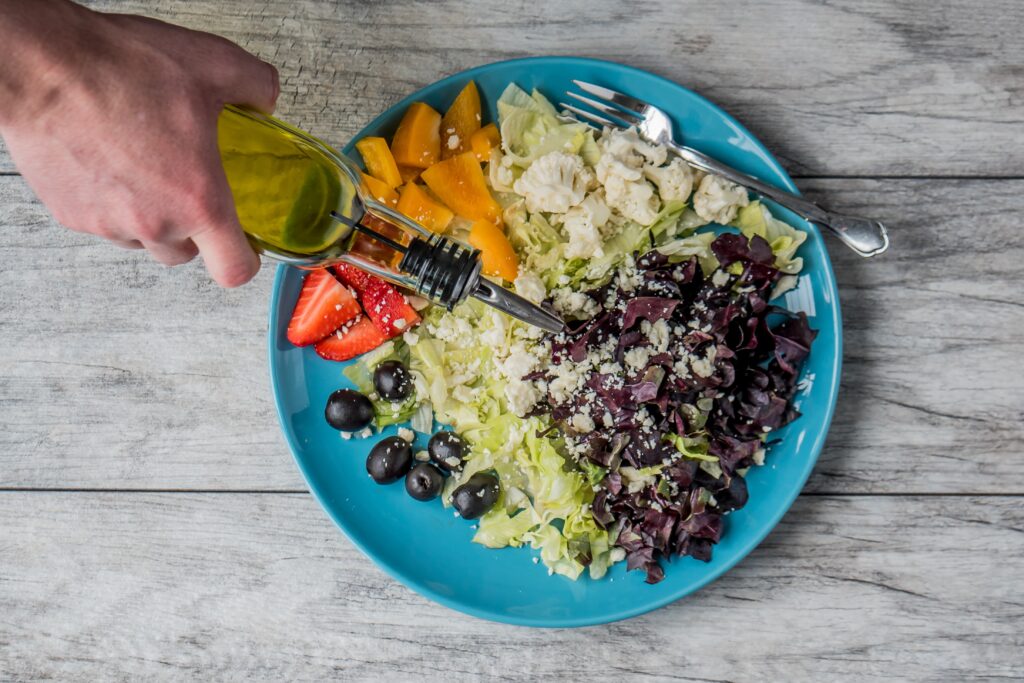
4. Brown Rice
A part of the wholegrain family, high in zinc, selenium, B-vitamins and fibre. Brown rice is high in vitamin B6 which has been shown to support estrogen and progesterone levels, assist with estrogen clearance and assist with symptoms of PMS such as mood balance (Rose 1978).
Fibre is an important component of an endometriosis diet, due to a high proportion of endometriosis sufferers also complaining of gut issues. Consuming 25-30 grams of fibre daily may assist with symptom management, reducing high circulating estrogen levels and aiding in managing inflammation (Goldin et al., 1982). Another big plus for brown rice is that it contains no wheat (i.e. gluten and fructan free or low FODMAP) so can be well tolerated by most people, although gluten or wheat does not need to be avoided by everyone with endometriosis.
You can read more about the gluten-free diet and endometriosis here.⠀⠀⠀
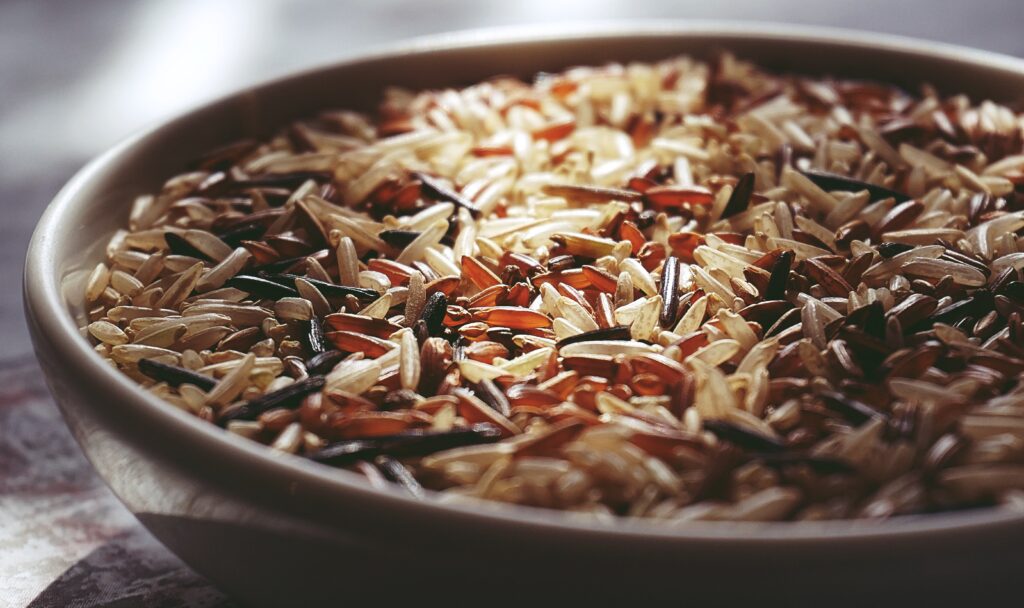
⠀⠀⠀⠀⠀⠀⠀⠀⠀
5. Frozen Berries
Super easy, convenient and more cost-effective than fresh berries! Pop into your smoothies, with yoghurt, or with your oats in the morning for a boost of fibre and antioxidants. The great thing about frozen berries is they are never out of season and they don’t jump around in terms of price as much as fresh berries, but you’re welcome to mix and match as you wish!
Berries are a go-to when it comes to which fruits to choose for their antioxidant power. Berries are high in fibre and vitamin C. Research has shown antioxidants such as vitamin C can reduce endometriosis symptoms by helping to reduce lesion size (Sinha and Gupta, 2017).
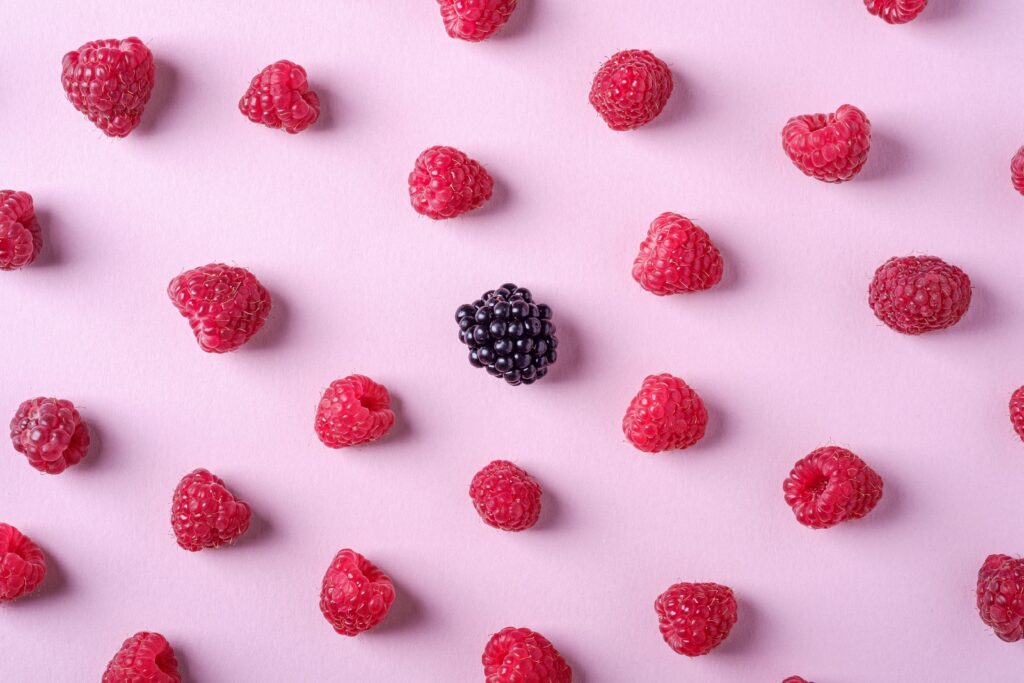
6. Nuts & Seeds
High in healthy unsaturated fats, antioxidants (vitamin E), plant-based protein and fibre – what more could you ask for from a tiny snack?! Chia seeds, walnuts, and flaxseeds are rich in omega 3 fatty acid ALA (alpha-linolenic acid), which we know can provide a valuable vegetarian source of omega-3s for those with endometriosis.
Vitamin E, abundant in nuts and seeds, avocado and extra virgin olive oil may also help to reduce overall pelvic pain during menstruation and intercourse for endometriosis sufferers. (Sinha and Gupta, 2017).
Need help with building an anti-inflammatory diet that suits your needs for endometriosis to support conception and throughout pregnancy? Check out our power-hour on-demand online Anti-Inflammatory Eating for Endometriosis masterclass, eGuide and meal plan designed for those with endometriosis by an expert endometriosis dietitian & nutritionist!

Available to start NOW for just $75 AUD (with $10 being donated to the Pelvic Pain Foundation of Australia). Can’t wait to see you there!
If you would like some more individualised advice, work with us one on one to develop a customised plan for you with an expert dietitian & nutritionist here at The Dietologist.

